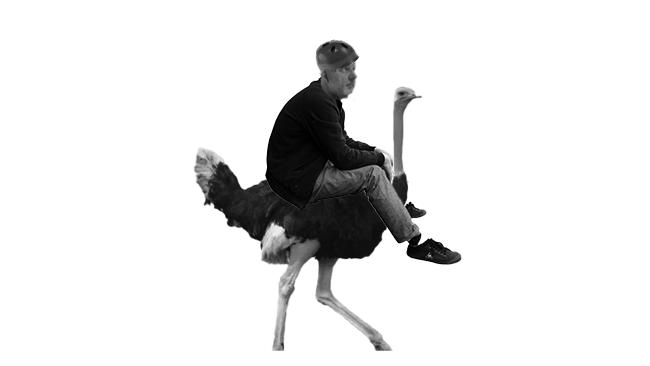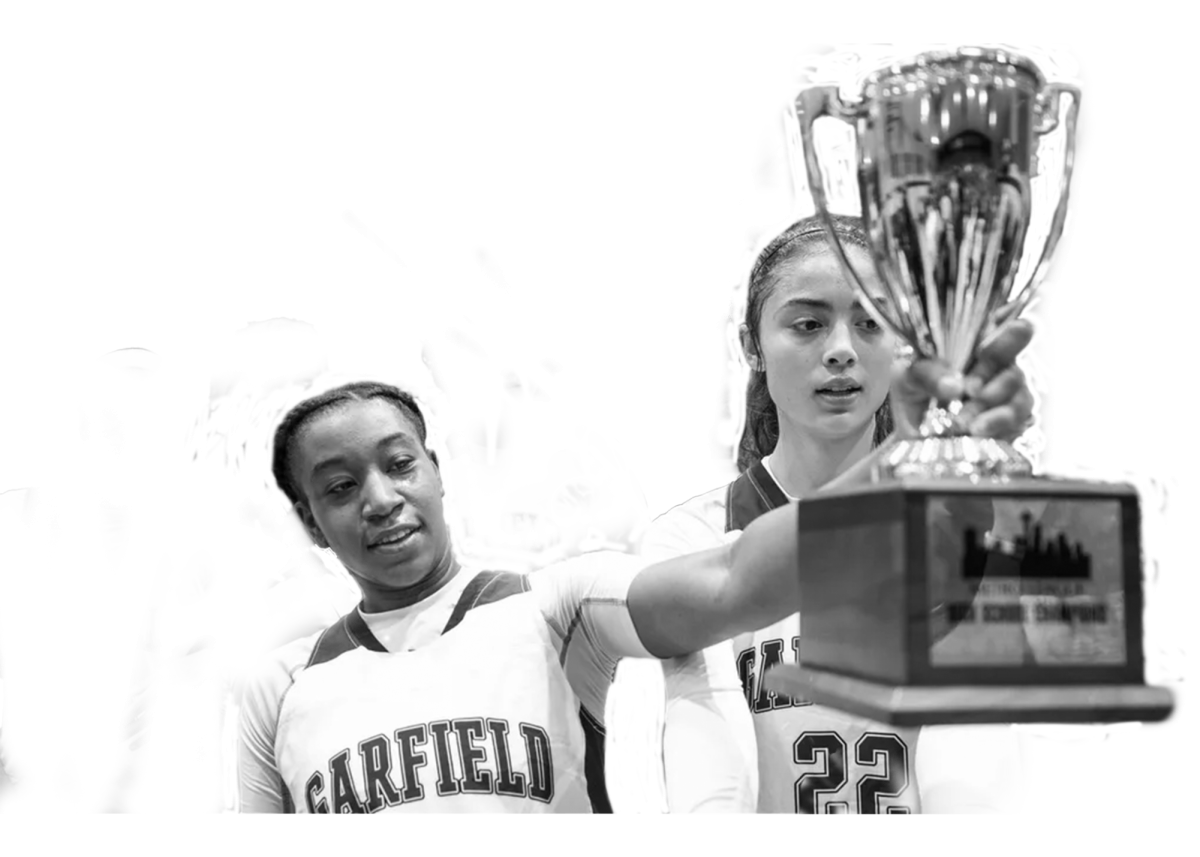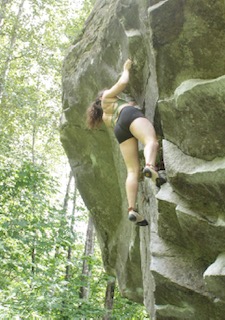With football season upon us, many evenings are spent watching the hulking players complete tackles and sprint down the field. Comparing such a physical and brutal sport to the delicacy and grace of ballet may seem counterintuitive, but the two have many similarities. Both sports require tremendous physical and mental endurance in the face of pain, fatigue, and failure. It’s common for professionals in each to spend their entire childhood training for what will be a relatively short career likely ended by injury. Even with all their parallels, football and ballet meet in an unexpected way: decades of professional football players have enrolled in ballet lessons to improve their performance on the field.
Ballet has been proven to enhance football performance in 4 main ways. Strength, agility, coordination, and balance are all improved by regularly practicing ballet. Smaller muscles can be missed in traditional football strength training regimens, and the intricate movements and flexibility that are required of dance build up neglected muscles and correct imbalances, preventing injuries in the long term. A common component of football practice is agility work, generally done using flat ladders where small, precise steps and hops are repeated as fast as possible down the ladder. While this is effective, it only trains a single pattern of motion at a time. Ballet, on the other hand, calls for an incredible amount of subtle, exact footwork in a single full-body motion. Improved footwork can lead to increased speed down the field and overall coordination of players. Balance is another crucial aspect of football that benefits from ballet. Dancers are known for their incredible balance and body awareness, skills that allow them to stay upright during complex turns and spins. In football, balance is especially helpful for offenders trying to push through a wall of defenders.
Elected to the Pro Football Hall of Fame in 2001, former Pittsburgh Steelers wide-receiver Lynn Swann is one of many notable ballet cross-training advocates. Other notable members of this list include Steve McLendon, Rob Gronkowski, and Kyler Gordon. Swann began dancing in 4th grade at his mother’s insistence and continued until his senior year of high school and credits his ballet foundations for his incredibly graceful (and often game-winning) receptions. Former Dallas Cowboys running back Herschel Walker studied ballet during his time at the University of Georgia, and once even performed a duet in a Fort Worth Ballet company production. If so many talented football players have benefitted from ballet, why not let our very own Garfield Bulldogs give it a try?
Sophomore Peter Sander was open to the idea, stating that the problem would be squeezing ballet into the team’s packed training schedule. That being said, Sander was enthusiastic about the prospect of ballet improving his footwork, describing how he “sometimes forgets to drive his feet” during a play – a weakness he’d like to work on. He hit the nail on the head when describing the main benefits of ballet cross-training, saying that he felt like it “could improve your agility, your quickness, and your balance, especially.”
So, who knows? Maybe our Garfield Bulldogs in tutus is a sight you can look forward to seeing.






